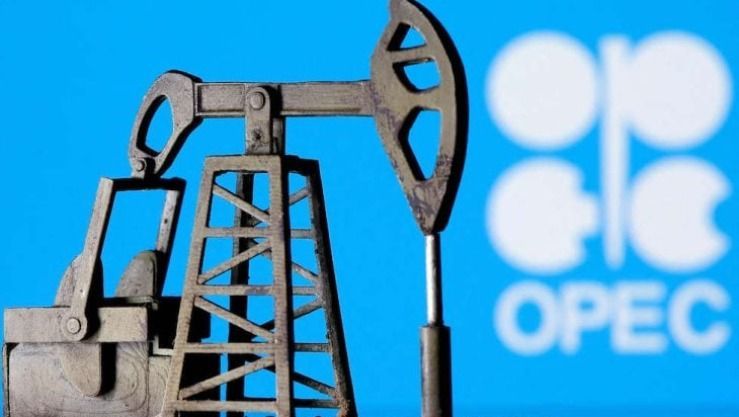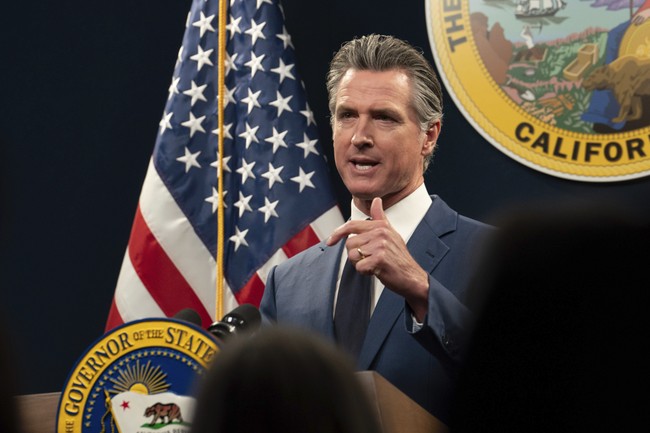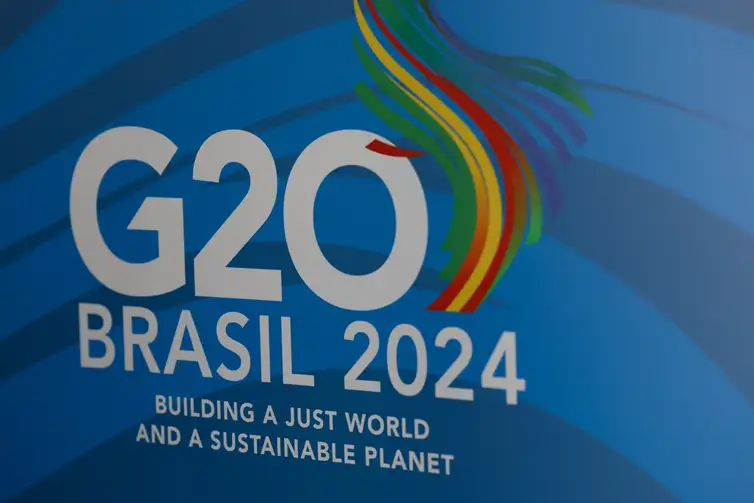OPEC+'s Move Fails to Stabilize Oil Prices
OPEC+'s plan to extend production cuts through 2025 surprised markets, yet oil prices continued to see downward pressure amid global demand concerns.
Published June 05, 2024 - 00:06am

Image recovered from elbilad.net
Despite the proactive strategy by the OPEC+ alliance to extend significant oil production cuts up to the end of 2025 in an effort to support prices, the global oil market has seen a contrary reaction with continued price drops. The future contracts for Brent crude fell by 24 cents, or 0.3%, to $80.87 a barrel, while West Texas Intermediate (WTI) futures for delivery in July also declined 19 cents or 0.25% to $76.80 a barrel.
This unexpected movement in oil prices comes amid heightened concerns around rising interest rates, swelling US production, and the potential slackening of global demand, all of which signal complex challenges ahead for energy markets. OPEC+ has committed to maintaining reduced production levels at an aggregated cut of 5.86 million barrels per day, representing approximately 5.7% of the global demand, to maintain market balance and stability.
However, shifts in the global energy market indicators suggest that OPEC+'s efforts may not safeguard oil prices from further slumps. With additional supplies anticipated from non-OPEC countries like the United States and the persisting fears of an oversupplied market, the delicate equilibrium OPEC+ aims to sustain might be destabilized, leaving the future of oil prices uncertain.
The decline in oil prices despite OPEC+'s intervention reflects the intricate dynamics of global markets that are influenced by a wide array of factors. Expanding on OPEC+'s decision, experts point to several underlying causes that could be instigating the current trends in oil pricing. Among these is the increasing pressure from investors and financial markets for higher interest rates to tackle the global inflation surge, which can strengthen currencies like the US dollar. A stronger dollar typically makes oil more expensive for holders of other currencies, potentially dampening demand.
Moreover, technological advancements and efficiency gains in shale oil extraction in the US have enabled a notable growth in American oil production. US shale output has proven to be resilient, even in the face of lower prices, contributing to the global supply and thus exerting downward pressure on prices. As US producers ramp up operations, the increase in supply is one of the critical factors counteracting OPEC+'s production cuts.
On the demand side of the equation, there are indications of weakening consumption. The International Energy Agency (IEA) has pointed out that despite some recovery from the pandemic-induced low, global oil demand growth is expected to decelerate as economies face headwinds from inflation and as more countries adopt green energy policies. This transition towards renewable energy sources and subsequent policy measures aimed at reducing carbon emissions are gradually reshaping energy consumption patterns, potentially contributing to the reduction in oil demand growth in the medium term.
Geopolitical tensions also play a notable role in the fluctuating oil markets. Political instabilities, especially in oil-rich regions, have historically been a source of volatility. Furthermore, international relations and trade agreements can affect global supply chains, impacting oil flow and consequently prices. OPEC+ itself, which includes Russia among its non-OPEC partners, has to navigate through diplomatic complexities that can influence its collective decision-making and policy effectiveness.
Analyzing the current state of the oil markets, economists suggest that OPEC+ might have to reconsider its strategy in light of the evolving landscape. While the alliance's current policy is scheduled to be in place until the end of 2025, market forces could compel the group to modify its approach to prevent further erosion of prices. Anticipated meetings of OPEC+ are expected to attract considerable attention as stakeholders search for signals on how the alliance will address the challenging environment.
Furthermore, sustainability concerns are also prompting governments and companies worldwide to invest in alternative energy sources, which could temper oil consumption in the long run. While the transition towards a greener economy is gradual, its influence on reducing the dependency on fossil fuels - and thus affecting oil demand - is indisputable. Investors are increasingly funneling their capital towards sectors that promise reduced carbon footprints, exemplifying a shift in economic priorities that could sideline the oil industry's growth prospects.
The interplay of these complex factors portends an era of uncertainty for oil markets. As policymakers, producers, and consumers adapt to an ever-changing energy landscape, the OPEC+ alliance may find securing the desired price stability an increasingly intricate objective. Stakeholders continue to monitor these developments closely, understanding that the global energy domain is at a pivotal juncture where traditional dynamics are being challenged by new market realities.
In conclusion, the apparent contradiction between OPEC+'s efforts to sustain oil prices and the market's downward trend underscores the multifaceted nature of global economic forces. The confluence of evolving demand patterns, breakthroughs in extraction technology, investor sentiment, and geopolitical developments suggest that the oil industry is navigating through a transformative period. While the impact of these elements will unfold over time, it is clear that the conventional mechanisms used to influence oil prices are facing unprecedented tests, with significant implications for producers and consumers alike.







